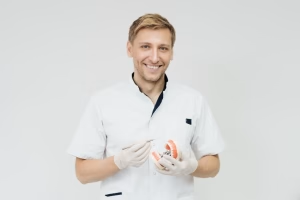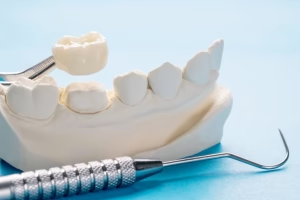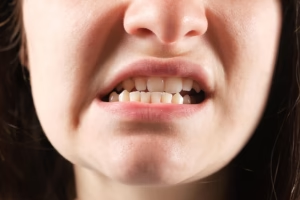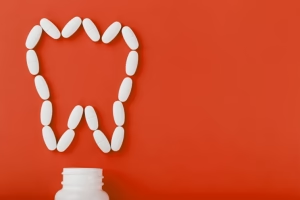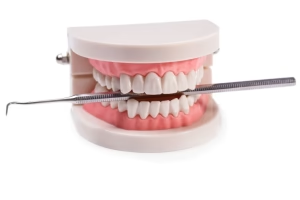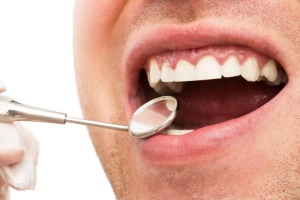All That You Need To Know About Sedation Dentistry
25 April 2018
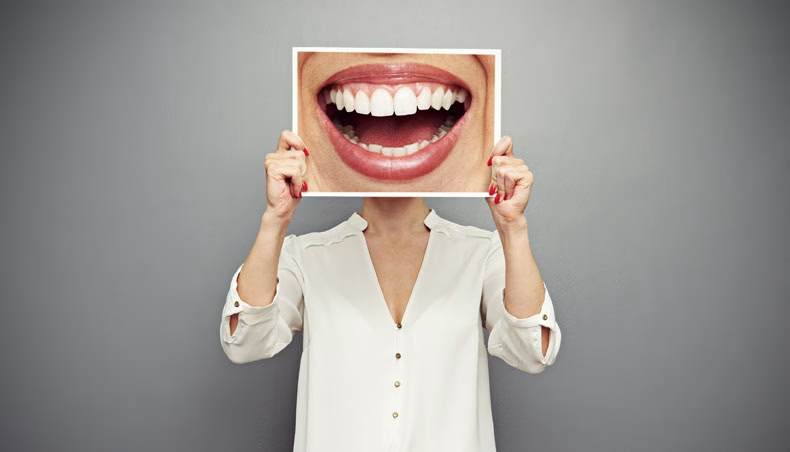
Are you among those who get strong anxiety at the very thought of sitting in the dental chair? If your answer is yes, it is likely that you will delay your regular checkups and try to avoid dental procedures for as long as you can. This can be harmful to your oral and general health, so it would be wise to learn how to cope with dental anxiety.
Sometimes, the fear of the dentist is caused by the pain and bad experiences in the past. In other cases, the cause of the dentophobia is not so easy to explain. Luckily, there are many methods that can help you overcome your fears.
One of such methods is using sedation during dental procedures.
What does sedation dentistry include?
Sedation dentistry means that the dentist uses various medications to relieve you from pain and anxiety during dental procedures. Many people refer to it as “sleep” dentistry, but this is not quite correct as sleep dentistry is one of the types of sedation dentistry. In most cases, you will be sedated, but awake and relaxed, which makes the dental procedure much more bearable for both the patient and the dentist.
There are different levels of sedation used depending on the procedure and patient’s anxiety level:
● Minimal – patient is fully awake and relaxed
● Moderate – patient is conscious but a bit groggy (they may slur or be sleepy)
● Deep – patient is at the edge of consciousness and might not remember the procedure
● General anaesthesia – patient is completely unconscious
The list of common sedation medications
Here are some of the most common dental sedatives, from those that cause minimal level of sedation to those that will put you into deep and general sedation.
● Nitrous oxide is known as “laughing gas”. It puts patients into a relaxed state, but it has an anaesthetic effect as well. Its effect wears off quickly, so it is suitable if you plan to go to the dentist alone and drive back home.
● Oral medication/benzodiazepines: diazepam is one of the most common oral sedatives, used for treating general anxiety disorders and phobic states. It can help you relax during a stressful medical procedure and it is relatively harmless. It won’t make you unconscious, but some people experience sleepiness until it wears off. The pill is usually taken an hour before the procedure.
● IV sedatives can help dentists control patients’ level of sedation, putting them in different stages of consciousness. The sedative is received through the vein and the level of sedation can vary from deep (twilight) sedation to general anaesthesia when a patient is sound asleep.
Do you need sedation dentistry?
If you are experiencing strong anxiety when visiting a dentist, or a full-blown phobia on the very mention of dental procedures, you might want to consider sedation. If you experience any of the following psychological or physical symptoms, you are a candidate for sedation dentistry:
● Bad experiences with dental procedures and increased dental anxiety
● Extremely sensitive oral nerves and poor resilience to pain
● Small mouth and tendency to sores
● Resistance or an allergy to local anaesthetic
● General anxiety disorder
● Dental phobia that disables you from sitting in a dental chair
If you can recognize yourself in any of these symptoms, it would be wise to talk to your dentist about it. If you live in the Gold Coast and Brisbane areas, schedule a free consultation with us at MGA Dental. If we estimate that you need sedation, you will be treated with the least invasive solution for the problem you are experiencing.
What can you expect from sedation dentistry?
Sedation and anaesthesia can help during painful procedures such as root canal, extraction, implantation, etc. You will not feel any pain and sedation will help you relax, so it is likely that this will make future procedures less frightening. But, if the treatment you are going through is painless (dental cleaning, X-ray) heavy sedation and anaesthetics are not advised.
If the anxiety during those procedures is extremely high – a Valium/diazepam pill one hour beforehand might work. Also, if the dentist is aware of your anxiety, they could help you by explaining each step of the procedure and performing the procedure with an exceptional care.
In any case, the greatest benefit of sedation is not a temporary anxiety relief – but regular dental care and better oral health that goes with it. You will be more comfortable with the idea of visiting a dentist and encouraged to never miss an appointment. Sleep dentistry is rarely advised, since it carries a significant risk and many side effects. Local anaesthetics combined with light sedation are definitely a much better solution. If you combine this practice with psychological counseling (or self-help literature), who knows – you might not even need sedation at all!


